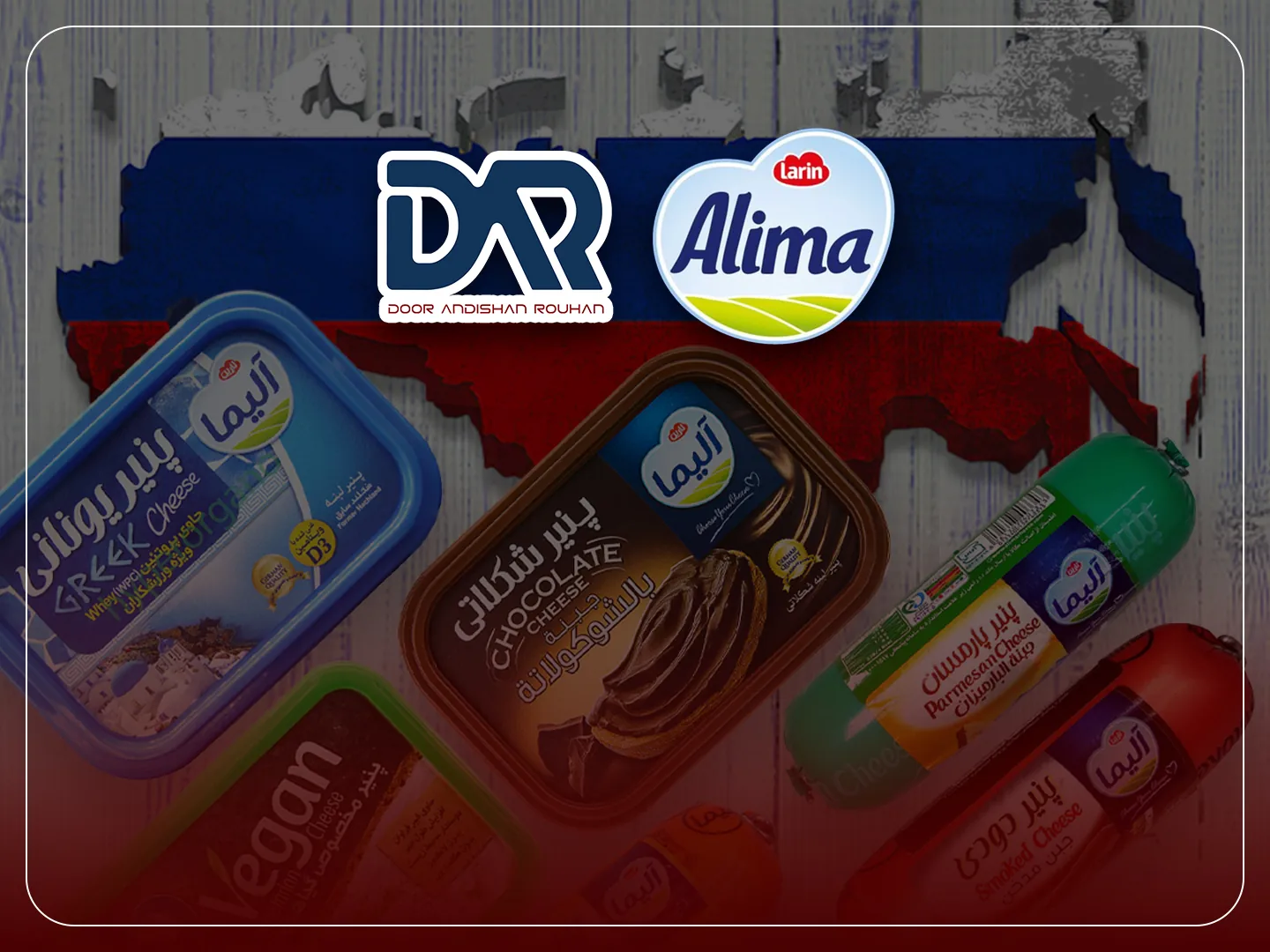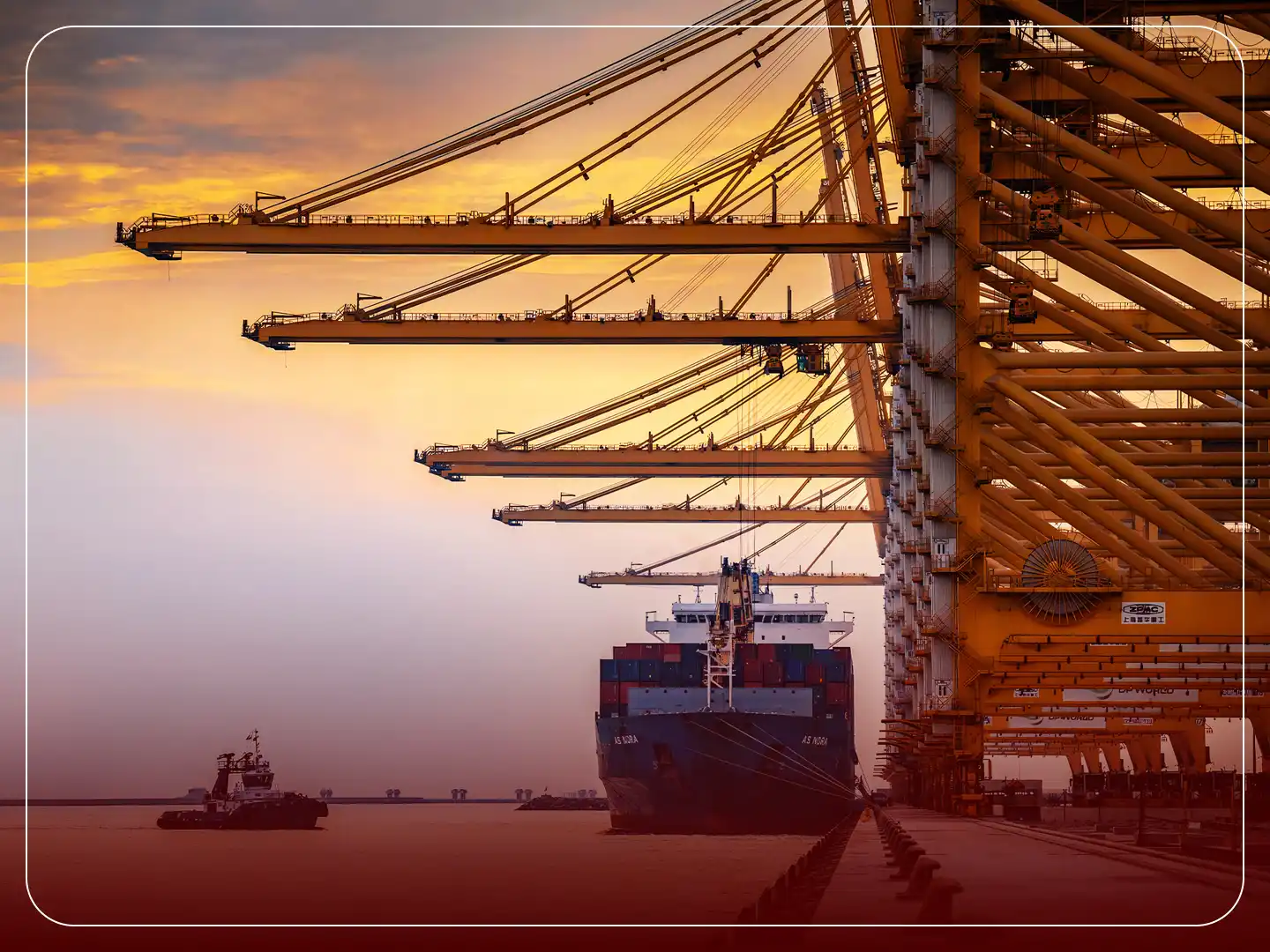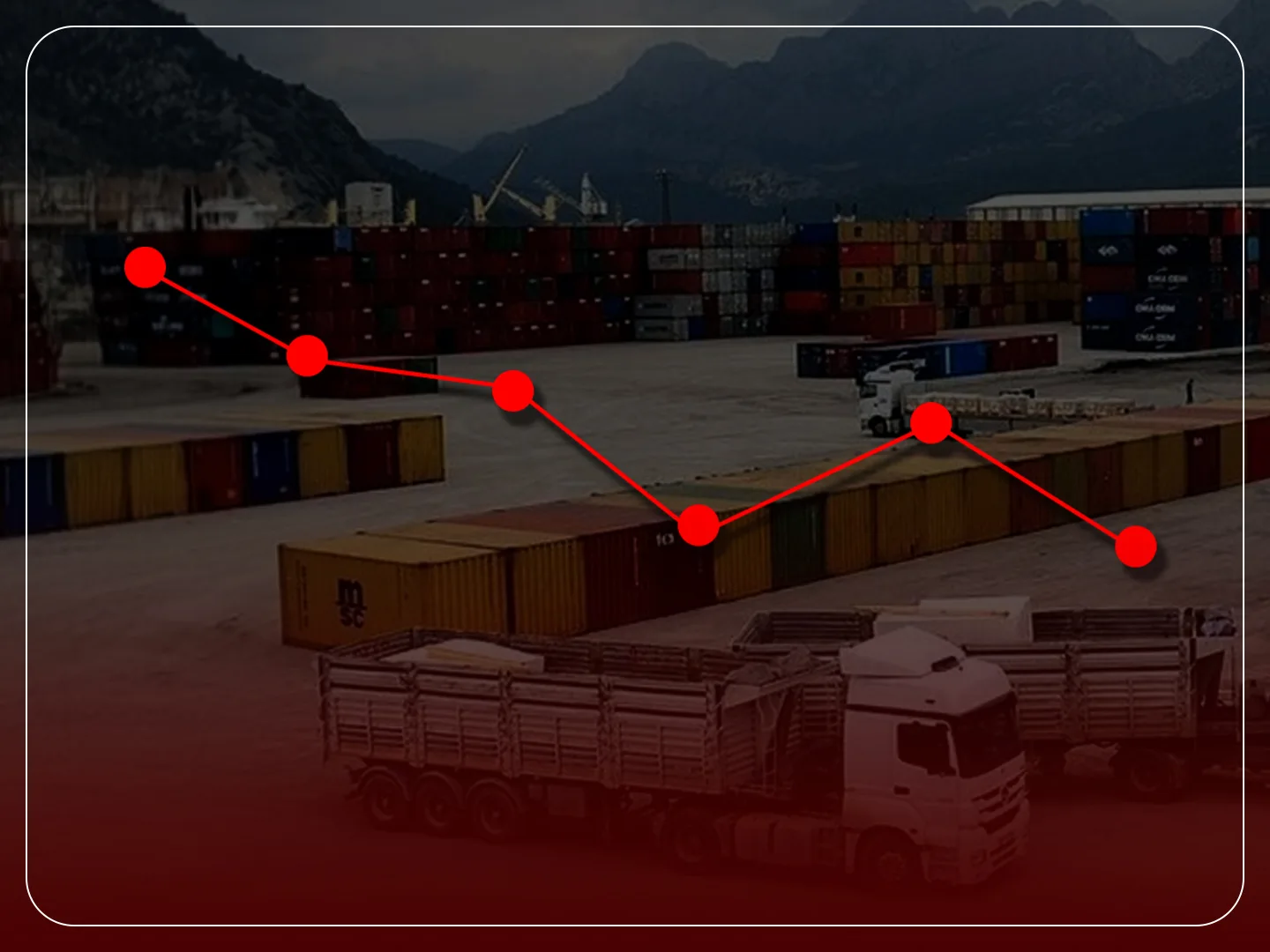Iran's Non-Oil Trade Decreases 10% in March–July 2025 with a Slight Deficit
Iran's latest customs data show that Iran's non-oil trade decelerated sharply in the first four months of the current Iranian calendar year (March 21–July 22, 2025). In value terms, trade decreased some 10% year-on-year to circa $34.17 billion, with exports at circa $16.5 billion and imports at circa $17.6 billion—leaving a small goods deficit of around $1 billion. Behind the headline statistics lie profound shifts in volumes, partners, and commodity mix that are pertinent to policymakers and businesses monitoring Iran's external accounts.
The Headline Picture: Value Down, Volumes Mixed
Iran's March–July 2025 non-oil trade performance reflects a sharp divergence of value and volume trends.
Trade Value Fell 10%, but Volumes Were More Resilient
The dollar value of total imports and exports fell by some 10% on a year-on-year basis to $34.17 billion. That is a contraction that is steep for a country where foreign income is bound up by sanctions and limited access to global finance.
Volumes Tell a Different Story
Even though the value declined, overall trade tonnage rose by some 0.5% against the same period last year for 2024. Iran exported slightly more, but they were valued less in terms of dollars. The real explanation is international prices: lower petrochemical and metal prices cut into export earnings, and declining machinery, food, and industrial inputs reduced the import bill.
Breaking Down Exports and Imports
A closer look at the composition of trade puts into perspective distinct dynamics in between imports and exports.
Exports: Smooth Tons, Less Expensive Commodities
Exports totaled approximately 48 million tons valued at $16.5 billion, a mild value decline of ~5% but little changed physically. For Iran, its top non-oil exports of petrochemicals, steel, copper, and farm products, this is indicative of how fluctuations in world commodity prices, not declining demand, are the main explanation for softer receipts.
Imports: Mixed, but More Costly in Real Terms
Imports totaled 17.6 million tons valued at $17.6 billion, declining more sharply year-on-year in value than exports. Most were machinery, vehicles, electronics, and foodstuffs. The United Arab Emirates provided most of them, illustrating how Iranian import channels rely more on re-export hubs than on direct import from manufacturers.
Who Iran Trades With—and Why It Matters
Iran's geography of its trading partners offers a glimpse of resilience and also that of vulnerability.
The UAE as a Lifeline
The UAE provided about $5.4 billion in imports and also absorbed a significant slice of Iran’s exports. Its free zones, particularly Dubai’s Jebel Ali, continue to function as vital intermediaries, supplying Iran with goods that are otherwise restricted or too costly to source directly. This relationship reflects a symbiotic interdependence: Iran gains access to global supply chains, while UAE businesses profit from logistics, financial services, and margins on re-exports.
Regional Neighbors Cooling
There was weak trade also with bordering markets such as Iraq, Turkey, and Afghanistan. This is partly indicative of weak regional demand and tighter liquidity conditions in these economies. It also suggests that, apart from the UAE, Iranian ability to spur non-oil trade expansion is weak, making diversification to Asian and Eurasian counterparts a strategic necessity.
Transit and Corridors: The Quiet Swing Factor
Apart from bilateral trade imports and exports, Iran's role as a transit passage is another game-changing potential, but recent statistics reveal slippage.
Transit Volumes Decline
International transit trade passing through Iran declined 13% y/y to 6.6 million tons. For a country that hopes to capitalize on its geography as a logistics bridge among South Asia, Central Asia, Russia, and the Middle East, this is disappointing. Reduced transit traffic also means missed ancillary revenues—from port fees, fuel sales, and shipping services.
The INSTC Challenge
Iran's crown jewel project, the International North-South Transport Corridor (INSTC), is still in development. The route potentially connects India and Russia with Iran, cutting shipping time compared to the Suez Canal route. But progress behind projections has been slow due to finance issues, regional tensions, and asymmetric investment by major players. If there isn't a spurt in activity, Iran risks losing market share to competing corridors, such as China's Belt and Road through Central Asia.
Prices, Sanctions, and the Non-Oil Mix
The economics of Iran's trade cannot be separated from the double whammy of global pricing cycles and persistent sanctions.
Price Pressures Dominate in 2025
While volumes were unchanged, the decline in trade values mostly reflects softer prices for petrochemicals, minerals, and metals—exports in which Iran is competitive but highly exposed to world cycle swings. On the import side, global disinflation and cheaper food and machinery imports damped nominal values but did little to ease foreign exchange pressure Iran faces in having to accept them.
Sanctions Still Add Friction
Even outside of oil, sanctions distort commerce. Payments must often be routed through intermediaries, raising transaction costs. Shipping insurance remains in restraint, raising shipping costs. And export ambitions to move up the value chain (e.g., value-added petrochemical goods or high-value production) are suppressed by a lack of access to technology. What results is a disconnect between physical trade flows and actual financial returns.
Outlook: What to Watch Next
Iran's half-year non-oil trade performance sets the stage for a tentative, possibly stabilizing trend into the latter part of 2025.
Signs of a Late-Period Recovery
The customs statistics showed a brisk pickup in July exports, tonnage and value.
If the trend persists through August and September, it could mean that the worst of 2025's decline in values in non-oil trade is behind us. But whether this bounce-back is a seasonal shipment phenomenon—such as agricultural shipments related to harvest cycles—is not yet clear, or if it is a more lasting upturn in foreign demand. Policymakers will watch closely whether July was an anomaly or the start of a pattern of recovery. Price Sensitivity and Global Demand
Commodity price direction remains the one largest determinant of Iran's export revenues. As petrochemicals, metals, and agri-commodities dominate Iran's non-oil basket, even modest shifts in global benchmarks are capable of swinging export worth by hundreds of millions of dollars a month. Ongoing weakness in China and India—the global two largest commodity importers—would limit Iran's potential, while any bounce in industrial demand has the potential to drive receipts up.
Policy Priorities: Partners and Corridors
Iran will double down on strategic trade relations with the UAE, China, India, and Russia.
Specifically, the attempt to advance the International North-South Transport Corridor (INSTC) remains top priority. If Tehran can accelerate building, mobilize funds, and attract international cargo streams, transit revenues will become a reliable buffer against export price fluctuation. The success of the corridor would not only introduce logistics revenue but also make Iran more deeply embedded in Eurasian trade chains, providing it with negotiating power.
Conclusion
Iran's non-oil trade through late July 2025 is a story of strong volumes but weak prices, and a slim goods deficit ensues. The UAE is the indispensable hub; transit has relaxed; and corridor projects are strategic cover that requires capital and geopolitical alignment. Assuming July's pace continues and price headwinds recede, Iran could see nominal values stabilize through fall. At least until then, sanctions friction and pricing behavior will be the defining feature of the country's non-oil trade performance.
Source: TehranTimes





